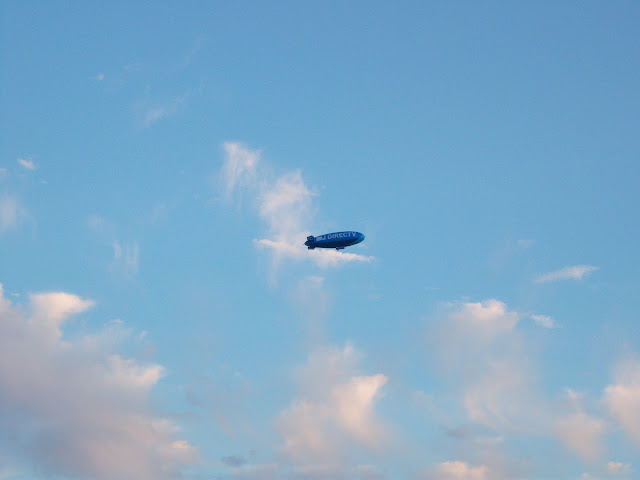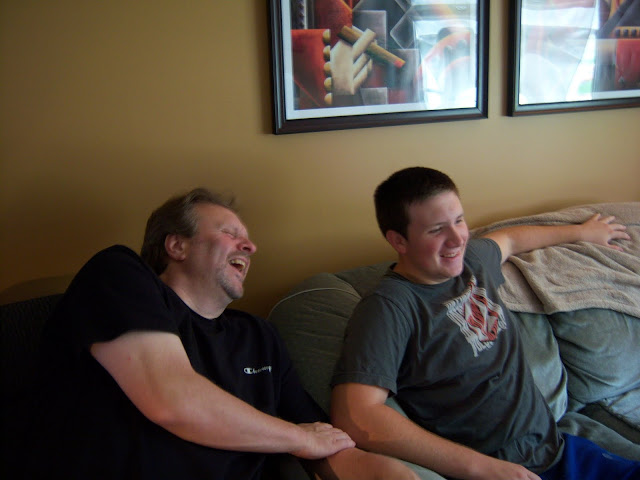 |
| Untitled Film Still #54 |
 |
| Untitled Film Still #48 |
 |
| Untitled Film Still #21 |
 |
| Untitled Film Still #14 |
 |
| Untitled Film Still #6 |
 |
| Untitled Film Still #3 |
 |
| Untitled Film Still |
 |
| Untitled Film Still #13 |
 |
| Untitled Film Still #11 |
 |
| Untitled Film Still #35 |
Cindy Sherman is a photographer
who mainly photographs herself as different characters in specific scenarios. She
dresses herself up in costumes, make-up, and wigs to disguise herself as the
character she wants to portray. I particularly liked her collection Untitled Film Stills, 1977-1980. In the
collection, Sherman dresses up as characters from film noir’s and B-list films
from the 1940’s, 1950’s, and 1960’s. The criticism Sherman has received for the
collection is that the characters that she disguises herself as are portraits
of “stereotypical female roles”, meaning that Sherman is calling attention to
how women were portrayed in film in the 1940’s through the 1960’s.
What gives these photographs a
film noir feel is the technical style and also the emotions evoked from Sherman’s
characters. The photographs are all shot in black and white, similar to film
noir, and all have a gritty, dark feel to them. What makes these photos particularly
intriguing is the juxtaposition between being given information about what
roles these characters have in society and the underlying mystery about the actual
identities of these women.
A photo that represents the “stereotypical female role” and the
mysterious qualities of film noir is the photograph Untitled Film Still #3. In
this photo, Sherman is standing to the right of the frame and wearing an apron
while she leans on the kitchen sink surrounded by dishes. The viewer sees that
this character represents the role of a housewife. But as she turns her head
down and looks over her shoulder, the viewer does not know what she’s looking
at and that adds mystery to the scene. In each photo I have chosen from the collection,
Sherman, portraying each character, never looks directly at the camera – her eyes
are either shut or looking elsewhere. For example, in Untitled Film Still #35, the
characters’ head is turned to the left while her entire body is turned to the
right. With Sherman’s body language and the fact that her eyes are looking away
from the camera, it seems as if the character has motives that the viewer is
not aware of, and it leaves us wondering who this woman really is.
In the photo’s from the collection, each character is alone and each evokes
a very serious tone and expression. As in Untitled Film Still #21, Sherman’s character
is in a city and seems to be a well off, maybe upper class woman. But her face
has an expression of confusion and her eyes are directed off camera. This
leaves the viewer wondering who she is, where she is going, and what she is
feeling. In Untitled Film Still #48, Sherman is standing alone on the side of
an empty road with one piece of luggage. She seems very tiny in the frame
compared to the elongated sky and road. Again, this begs the viewer to ask the
questions who is she, why is she standing on this road alone, what is she
waiting for, and where is she going. The mystery behind the portraits of these characters
is what is so fascinating, and trying to figure out the meaning behind these characters
is what absorbs the viewer into these photographs.





































































